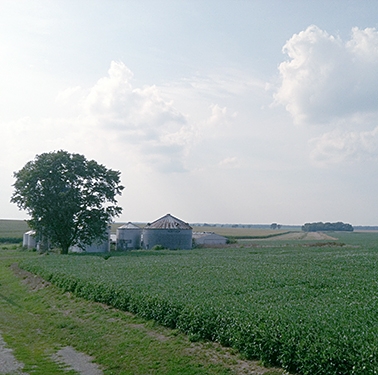Forecasting developments in production agriculture

On behalf of a private U.S. agricultural technology provider, WPI’s team generated an econometric model to forecast the movement of concentrated corn production north and west from the traditional U.S. Corn Belt. WPI’s model has subsequently provided quantitative support to a multi-million-dollar investment into short-season corn variety development. WPI’s methodology included a series of interviews with regional grain elevators and seed consultants. Emphasizing outreach and communication with stakeholders who possess intimate sectoral knowledge – on-the-ground insights – is a regular component of WPI’s methodologies, made possible by WPI’s ever-growing network of industry contacts.

 Canada initiated action more than two years ago to fight high grocery prices. The plan was hatched after then Prime Minister Justin Trudeau demanded a “comprehensive” approach to reducing grocery prices. His ultimatum was to “stabilize” food prices that were inflating at...
Canada initiated action more than two years ago to fight high grocery prices. The plan was hatched after then Prime Minister Justin Trudeau demanded a “comprehensive” approach to reducing grocery prices. His ultimatum was to “stabilize” food prices that were inflating at...
 Donroe Doctrine The forced extradition of Venezuelan dictator Nicolás Moduro has been variously framed to stop the flow of narcotics and obtain oil but the geopolitical implications are not lost on Beijing. It buys its petroleum from seven main suppliers, with Russia sanctioned, Iran in...
Donroe Doctrine The forced extradition of Venezuelan dictator Nicolás Moduro has been variously framed to stop the flow of narcotics and obtain oil but the geopolitical implications are not lost on Beijing. It buys its petroleum from seven main suppliers, with Russia sanctioned, Iran in...
 Ag markets were higher with support coming from a rally in crude oil and broader energy markets after the U.S. removed Venezuela’s president from power over the weekend. The move has direct bullish implications for crude oil supplies in the near term, which should help broader commodity m...
Ag markets were higher with support coming from a rally in crude oil and broader energy markets after the U.S. removed Venezuela’s president from power over the weekend. The move has direct bullish implications for crude oil supplies in the near term, which should help broader commodity m...
 USDA has announced several new rules and regulations to take effect in 2026, with several aligning with the new Make America Healthy Again (MAHA) goals. Dietary Guidelines for Americans: The 2025 dietary guidelines were supposed to be released by the end of 2025, but with the govern...
USDA has announced several new rules and regulations to take effect in 2026, with several aligning with the new Make America Healthy Again (MAHA) goals. Dietary Guidelines for Americans: The 2025 dietary guidelines were supposed to be released by the end of 2025, but with the govern...